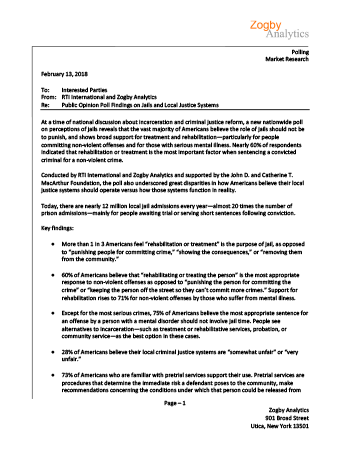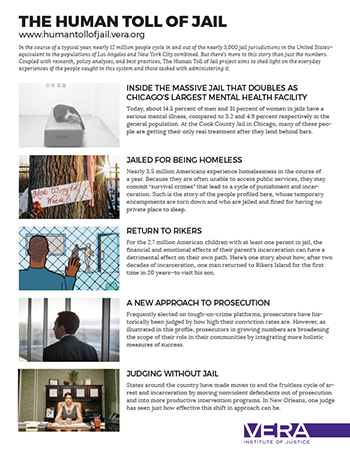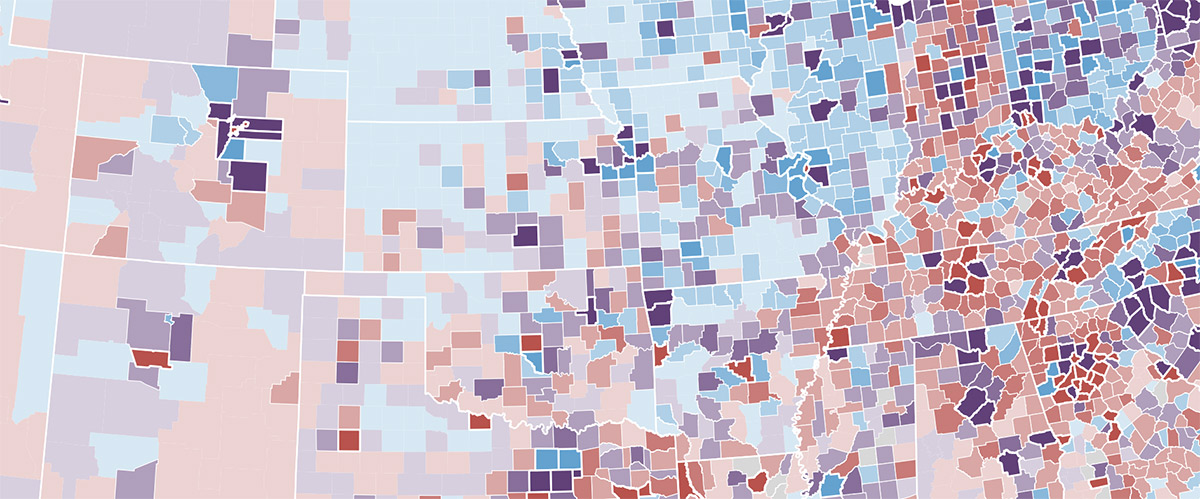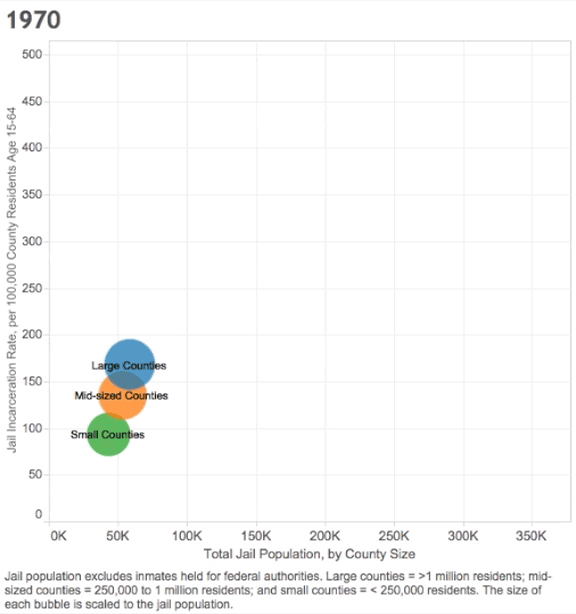Bail Data Analysis Jail Populations February 4, 2016
John and Sam were trapped in a vicious cycle of incarceration. When money was scarce, John would make Sam’s court payment instead of his own so she could stay out of jail and care for their child. It was a heartbreaking choice that he made more than once. John has been incarcerated four times for failure to pay fines and costs—each time for 10 days. Even though John and Sam were on the brink of homelessness, the court never asked about their financial ability or offered an alternative to payment.
This is modern day debtors’ prison.
Since 2009, numerous ACLU investigations have revealed that people are being jailed simply for being too poor to pay their fines and fees. These practices damage communities, waste taxpayer dollars, and frequently trap victims in a cycle of incarceration and poverty, while also flagrantly violating the law. Even more troubling, debtors’ prisons create a two-tiered system of justice in which the poor often receive harsher punishments and end up paying more in fees for the same crimes as their wealthy counterparts, simply because they are poor.
In 2013, the ACLU of Ohio issued The Outskirts of Hope, detailing debtors’ prison in Ohio, and created a series of videos to highlight the stories of those affected. We also sent legal demand letters to courts where debtors’ prison occurred and issued an action alert that prompted hundreds of Ohioans to ask the Ohio Supreme Court to take administrative action. As a result of this work, thousands of Ohioans have been released from jail, and over $180,000 has been credited to people for the time they were unconstitutionally jailed.
Shortly after the release of our report, the chief justice of the Ohio Supreme Court met with the ACLU of Ohio and pledged to help stop debtors’ prison practices in Ohio courts. In addition to providing training on how to properly collect fines and costs and to step in where debtors’ prisons occur, the Ohio Supreme Court pledged to create a “bench card.” The bench card is a concise resource for judges that clearly lays out proper and improper methods to collect fines and costs, and even outlines the process for a court to substitute community service for court costs.
Since the bench card’s release, debtors’ prison-related complaints have severely dwindled. The ACLU believes in the simple principle that no one should ever be jailed for being too poor to pay their fines. After years of investigation and advocacy, along with firm guidance from the Ohio Supreme Court, this simple principle is becoming reality, and thousands of Ohioans are able to start new lives.
The Ohio Supreme Court’s bench card was the first of its kind in the country, but after widespread media attention, other jurisdictions have begun to use it as a model to help stop de facto debtors’ prison practices in their own state.
Learn more about the ACLU’s current efforts to end debtors’ prison across the country.
This post originally appeared on the Vera Institute of Justice’s Current Thinking blog.










